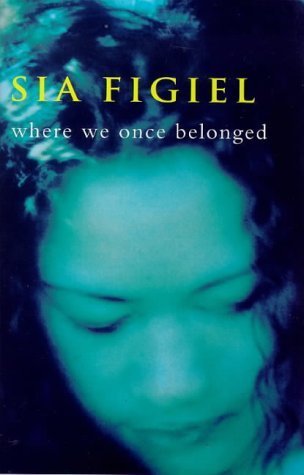What do you think?
Rate this book


248 pages, Paperback
First published January 1, 1996
'Go back to where you came from, you fucking ghosts! Gauguin is dead! There is no paradise.!'
Apia children laughed when they heard her speak English to papalagis.
Palagis were confused when they heard such words--most of them shocked, shocked that someone recognized them doing what they did: Peeping-Tomming for a past, an illusion long dead, long buried in museums of their own making. They were ashamed and looking down, buying ulapule or coconut earrings from an old woman out of guilt.
They thought her a fool and cut the umbilicus that connected her to her mother, Malaefou
As I thought these thoughts the Tuli of Tomorrow flew high up in the sky, a fue tattoed on her wings, a to'oto'o tattoed on her peak. The Tuli called to me, her voice music to my feet, and I began walking...walking-walking...away from Siniva's grave...walking now towards Malaefou, towards the new gathering place where 'we' once belonged.